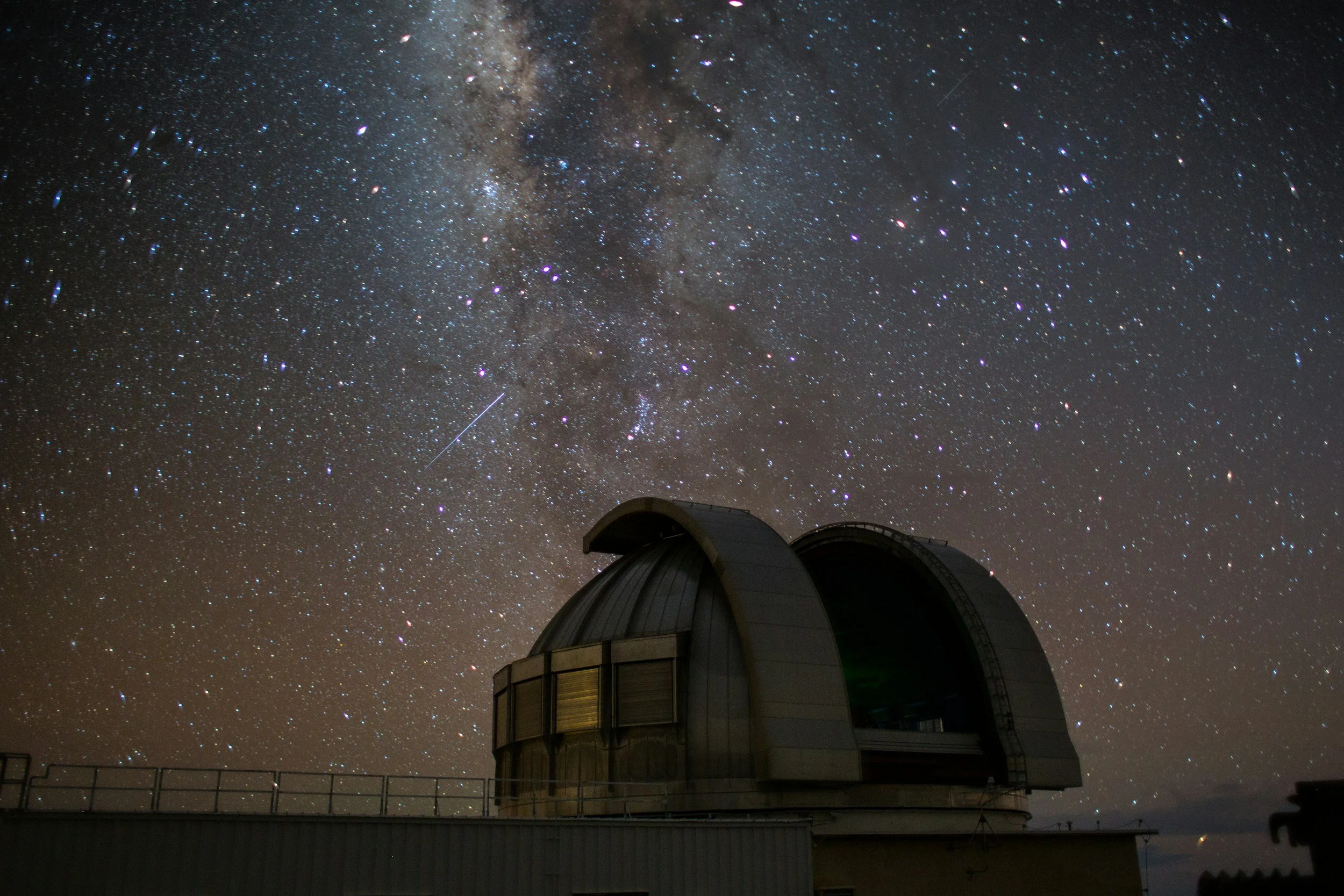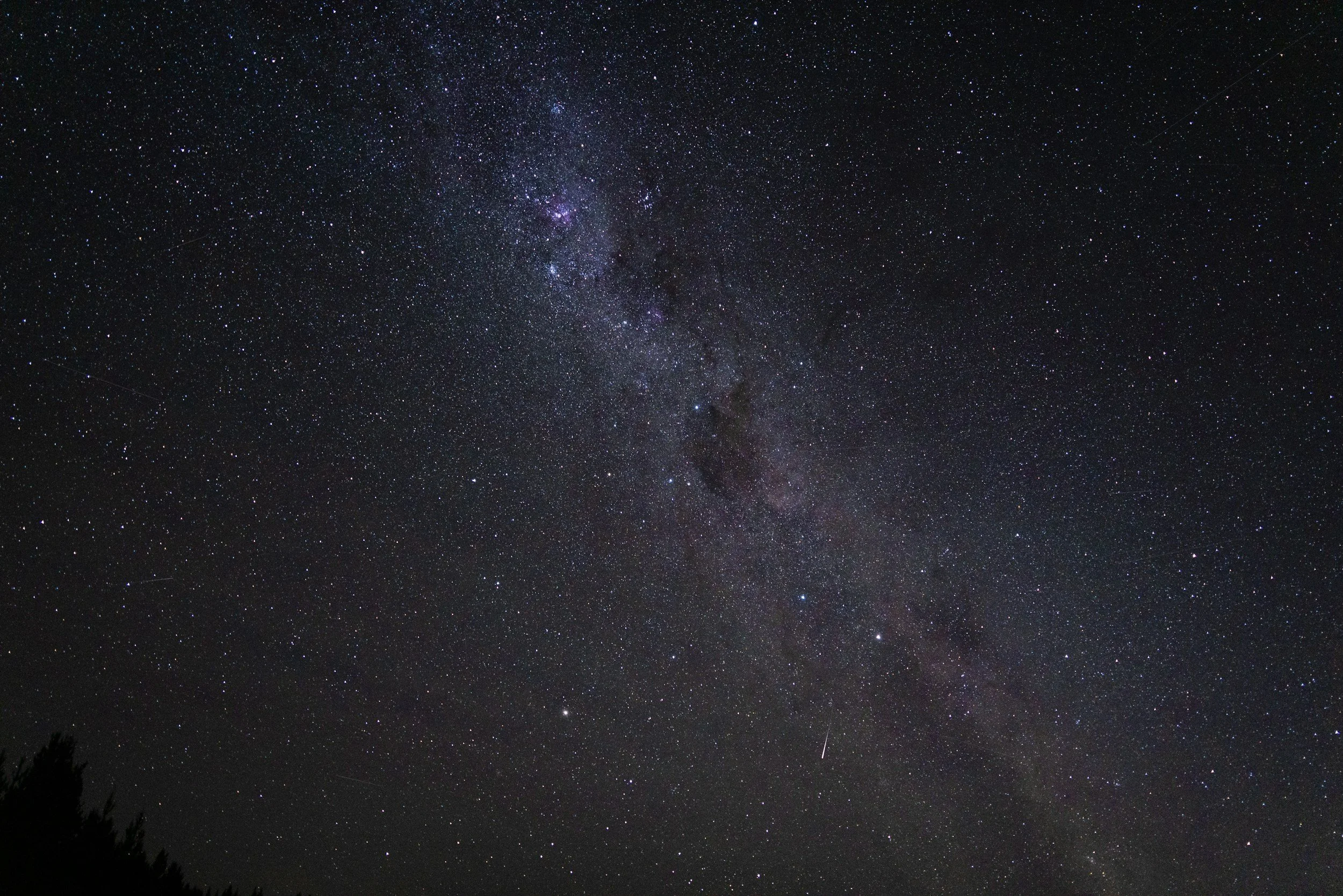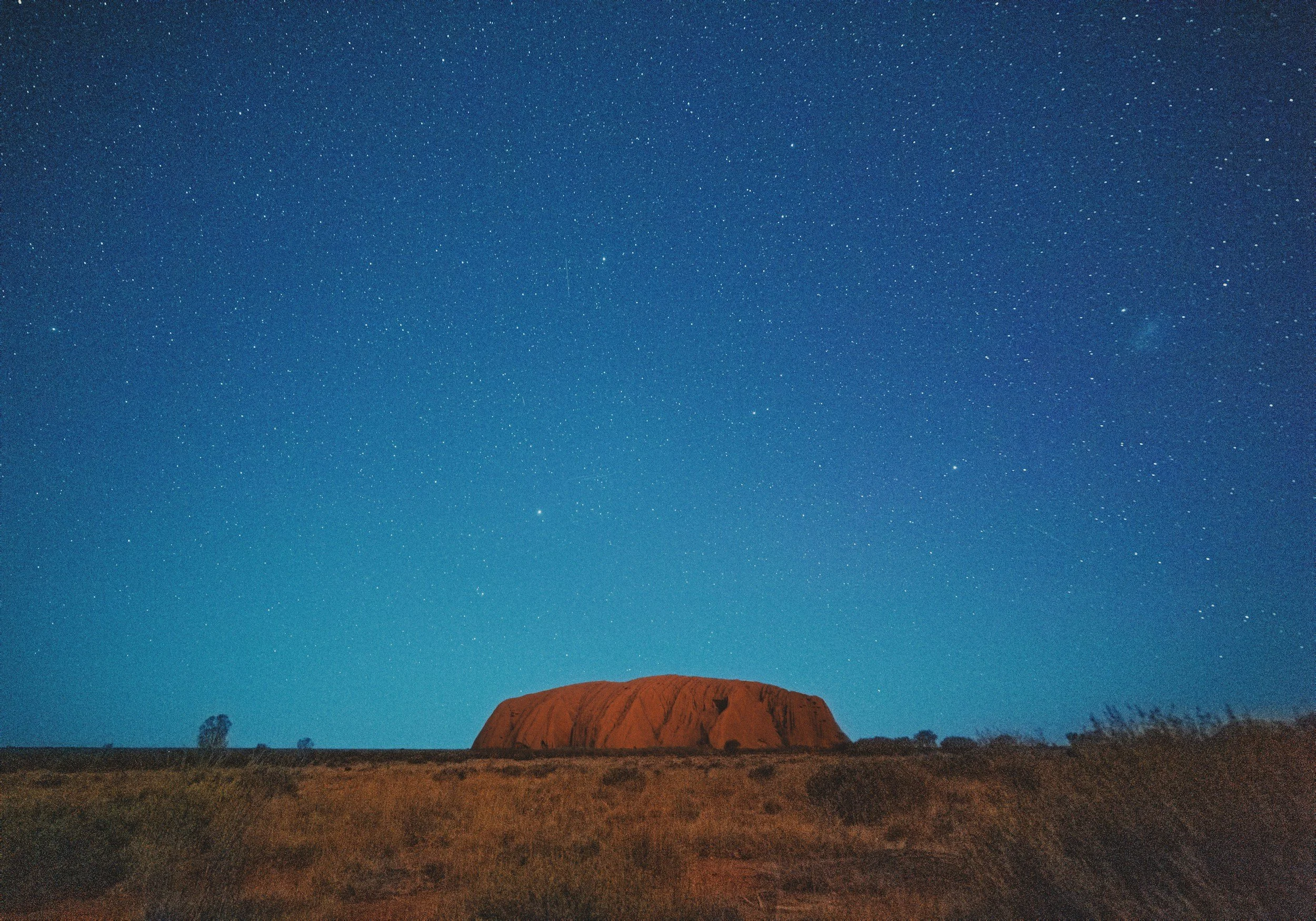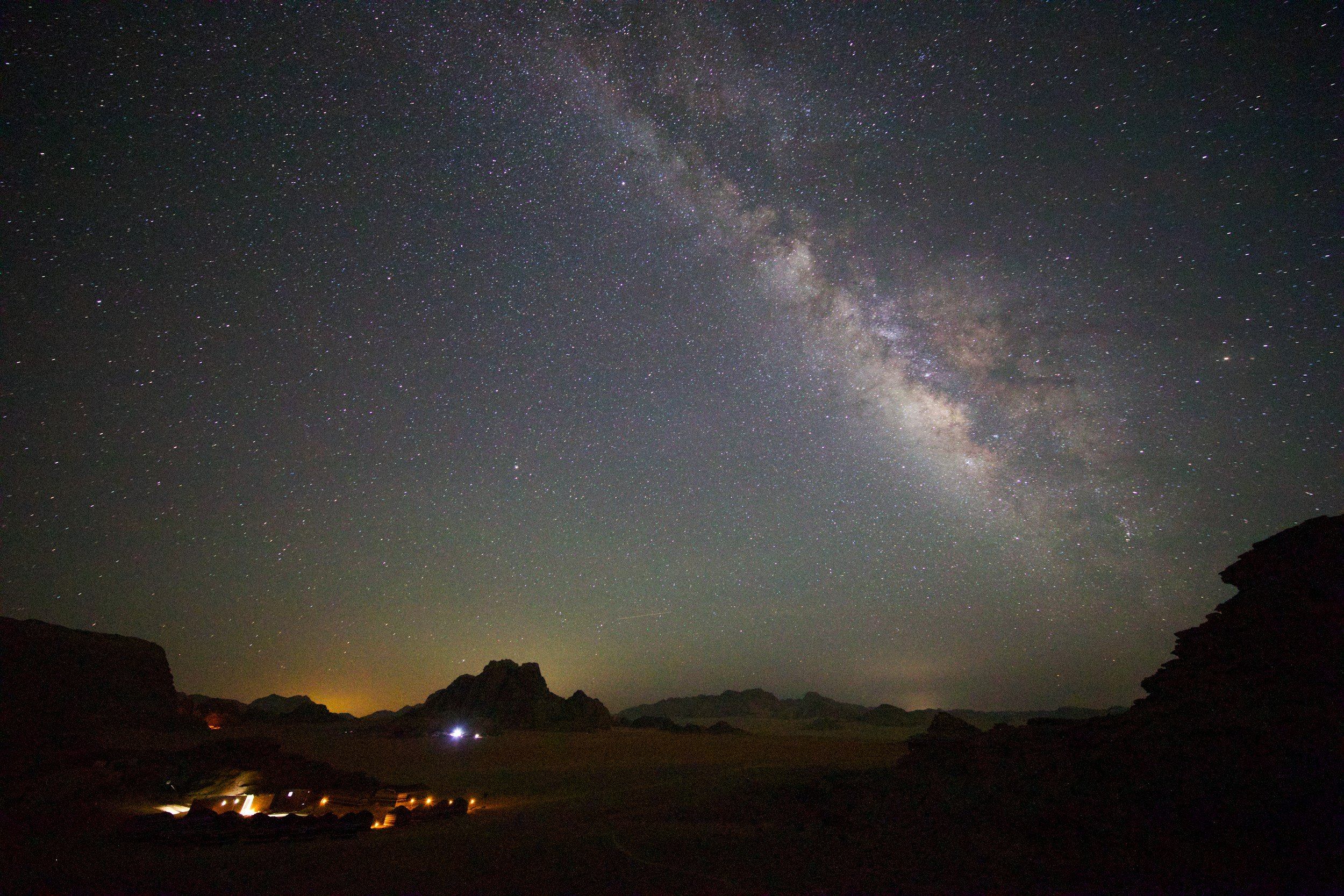Best Places in the World for Stargazing: Where to See the Milky Way
There are few travel experiences as humbling and awe-inspiring as looking up at a sky full of stars. Away from city lights, the night sky transforms into a canvas of shimmering constellations, shooting stars, and, if you are lucky, the sweeping arc of the Milky Way. Stargazing has captivated humans for thousands of years — from ancient civilisations mapping their lives by the stars to modern travellers seeking out the darkest skies for that perfect view.
Today, light pollution hides the stars from most of us, which makes finding destinations with truly dark skies all the more magical. Whether it is the deserts of Chile, the volcanoes of Hawaii, or remote reserves in New Zealand, there are places on Earth where the night sky still looks as it did centuries ago. In this guide, we will take you to the best places in the world for stargazing, where you can witness the Milky Way in all its glory and reconnect with the universe above.
Atacama Desert, Chile
When it comes to stargazing, nowhere quite compares to Chile’s Atacama Desert. Stretching across northern Chile, this is one of the driest places on Earth, with clear skies for over 300 nights a year. Its high altitude, minimal light pollution, and bone-dry climate combine to create near-perfect conditions for seeing the stars.
Astronomers know this too — the Atacama is home to some of the world’s most advanced observatories, including ALMA (Atacama Large Millimeter/submillimeter Array), which scans the skies with dozens of giant antennas. But you do not need to be a scientist to be amazed here. Step outside at night and you will see the Milky Way stretch across the desert horizon, so detailed it feels like you could reach up and touch it.
Travellers can join guided stargazing tours from San Pedro de Atacama, where local experts point out constellations, planets, and nebulae using powerful telescopes. Many tours also include cultural insights, weaving in how ancient Andean peoples used the stars to navigate and farm. Pair your nights under the sky with days exploring salt flats, geysers, and flamingo-dotted lagoons, and you have one of the most unforgettable trips in South America.
Travel tip: Visit during Chile’s winter months (May to September) when the air is clearest. Warm clothing is essential — even desert nights can be bitterly cold.
Mauna Kea, Hawaii
Rising nearly 4,200 metres above sea level, Mauna Kea is not only the highest point in Hawaii but also one of the best stargazing spots on the planet. Its summit often sits above the clouds, giving visitors crystal-clear views of the night sky. Combine this with minimal light pollution and stable atmospheric conditions, and you have a place where the stars shine brighter than almost anywhere else.
The mountain is sacred to Native Hawaiians, and visiting is as much a cultural experience as it is an astronomical one. The summit is home to a cluster of powerful telescopes, run by international research teams, while down on the slopes, visitors can join stargazing programmes at the Mauna Kea Visitor Information Station. Here, guides set up telescopes and lasers to point out constellations, planets, and the glowing belt of the Milky Way.
It is a surreal experience — standing on a volcanic mountain in the Pacific, wrapped in a jacket against the chill, gazing at a sky so clear it feels otherworldly. Many travellers pair an evening here with exploring Hawaii’s volcanic landscapes by day, making it a perfect combination of earth and sky.
Travel tip: Conditions at the summit are extreme, and access can be restricted. Most travellers enjoy stargazing from the visitor station at 2,800 metres, where skies are still breathtaking. Bring warm clothing — the temperature can drop close to freezing even in summer.
Namib Desert, Namibia
Vast, silent, and timeless, the Namib Desert is one of the oldest deserts in the world — and at night, its skies are just as dramatic as its landscapes. With almost no light pollution, the desert transforms after sunset into a stage for the stars, where the Milky Way stretches in brilliant clarity from horizon to horizon.
One of the best places to stargaze here is NamibRand Nature Reserve, a designated International Dark Sky Reserve. It is one of the darkest places on Earth, where the night sky is so pristine that even faint celestial objects can be seen without telescopes. Lying back among the rolling dunes, you will see constellations like Orion and the Southern Cross blaze overhead, with the Milky Way arching above like a river of light.
Many lodges in the region offer open-air stargazing decks, where guests can enjoy the spectacle in comfort, often accompanied by local guides who share stories about how desert peoples read the stars for navigation. The combination of sweeping red dunes by day and unmatched dark skies by night makes the Namib Desert a truly otherworldly destination.
Travel tip: The desert is at its clearest and most comfortable between April and September, when the nights are cool and skies crisp. This is also prime safari season, making it easy to combine wildlife viewing with stargazing.
Aoraki Mackenzie Dark Sky Reserve, New Zealand
Tucked into the heart of New Zealand’s South Island, the Aoraki Mackenzie Dark Sky Reserve is one of the most celebrated stargazing destinations in the Southern Hemisphere. Covering 4,300 square kilometres, it was the first place in the world to be awarded Gold Status by the International Dark-Sky Association, meaning its skies are among the clearest and darkest you can find.
The reserve is anchored by Aoraki/Mount Cook, New Zealand’s highest peak, and the vast turquoise waters of Lake Tekapo. By day, the landscapes are postcard-perfect; by night, the heavens come alive. On clear evenings, the Milky Way arcs so vividly across the sky it almost casts shadows, while the Magellanic Clouds — dwarf galaxies visible only from the Southern Hemisphere — glow faintly above.
Stargazing tours here often take place at the Mount John Observatory, where powerful telescopes bring nebulae and star clusters into sharp focus. For something extra magical, many lodges offer outdoor hot pools where you can soak beneath a star-filled sky.
Travel tip: Visit between April and September for the clearest skies. Wrap up warm, as temperatures drop quickly once the sun sets. If you time your trip for winter, you may also catch the Southern Lights (Aurora Australis) dancing on the horizon.
Tenerife, Canary Islands
Floating in the Atlantic off the coast of Africa, Tenerife is famous for its beaches and volcanic landscapes — but after dark, it becomes one of Europe’s premier stargazing destinations. Thanks to strict light pollution laws and clear skies most of the year, Tenerife has earned Starlight Reserve status, recognising it as one of the best places on the planet to observe the night sky.
The island’s crown jewel is Mount Teide, Spain’s highest peak and a dormant volcano rising 3,718 metres above sea level. From its slopes and summit, you can see stars, planets, and the Milky Way in breathtaking clarity. Local observatories, including the Teide Observatory, offer tours where visitors can peer through powerful telescopes and learn from astronomers about the mysteries of the cosmos.
Even without equipment, the experience of watching night fall over Teide National Park is unforgettable. As the last glow of sunset fades, the sky explodes with starlight, often so dense that constellations appear woven together like a tapestry.
Travel tip: Tenerife’s skies are at their clearest between May and October. For the best experience, head to the higher altitudes of Teide National Park — and don’t forget a jacket, as the mountain air gets surprisingly chilly after dark.
Uluru, Australia
Deep in the heart of Australia’s Outback, Uluru rises from the desert like a giant monolith, glowing red at sunset and silhouetted against a sky ablaze with stars. Far from major cities, this sacred site offers some of the clearest and darkest skies in the Southern Hemisphere, making it a spectacular place to see the Milky Way.
The night sky here is not just beautiful but deeply meaningful. For the Anangu people, the Traditional Owners of Uluru, the stars are woven into creation stories known as Tjukurpa, which explain the origins of the land and its people. Joining a stargazing tour led by local guides offers a chance to see the constellations through both an astronomical and cultural lens, blending science with ancient storytelling.
On clear nights, the Milky Way is so bright it looks like a painted band stretching across the desert. The Southern Cross and other southern constellations shine vividly, and meteor showers can often be spotted streaking through the sky. Pairing the stillness of Uluru with the vastness above is a humbling experience that connects earth and sky in a way few other places can.
Travel tip: Visit during Australia’s cooler months (May to September), when nights are crisp and skies are clearest. Respect local guidelines — Uluru is a sacred site, so follow all cultural protocols when visiting.
Jasper National Park, Canada
Tucked away in the Canadian Rockies, Jasper National Park is not only a UNESCO World Heritage Site but also the world’s second largest Dark Sky Preserve. With rugged mountains, alpine lakes, and dense forests as your backdrop, the night skies here are nothing short of spectacular.
Jasper’s remote location means minimal light pollution, allowing the Milky Way to spill across the sky in dazzling clarity. Constellations like Cassiopeia and the Big Dipper are easy to spot, while shooting stars frequently streak overhead. In autumn, the park even hosts the Jasper Dark Sky Festival, where astronomers, photographers, and travellers gather for workshops, talks, and stargazing events.
There are countless ways to experience the night sky here — from lying back on the shores of Pyramid Lake to hiking under the stars with a guide. In winter, the bonus is even greater: the northern lights often ripple across the horizon, adding an extra layer of magic to the already glittering heavens.
Travel tip: The best stargazing months are September to April, when the nights are longest and darkest. Dress warmly, especially in winter, when temperatures drop sharply after sunset.
Wadi Rum, Jordan
Known as the “Valley of the Moon,” Wadi Rum is one of the most otherworldly landscapes on Earth — and when night falls, its skies are just as surreal as its sandstone cliffs and sweeping dunes. With virtually no light pollution, the desert becomes a natural planetarium, where the Milky Way glows brilliantly and constellations feel close enough to touch.
Bedouin communities have lived in Wadi Rum for centuries, using the stars to navigate the desert at night. Today, travellers can join guided stargazing experiences that combine astronomy with traditional Bedouin storytelling, often shared around a crackling fire. Many desert camps set up telescopes so guests can see planets and star clusters up close, while others encourage simply lying back on a blanket and letting the immensity of the night sink in.
The setting adds to the magic — the same cliffs and valleys that served as filming locations for Lawrence of Arabia and The Martian are now silhouetted under a sky crowded with stars. It is a place where the desert and the cosmos seem to merge into one endless horizon.
Travel tip: Visit between October and April, when the desert nights are cool and the skies clearest. Staying overnight in a Bedouin camp is the best way to experience the full magic of Wadi Rum after dark.
Iceland
If there is one place that combines stargazing with a natural light show of its own, it is Iceland. Far from major cities, the skies here are exceptionally dark, making the Milky Way blaze vividly across the heavens. Add in the chance to see the aurora borealis shimmering in greens and purples, and you have one of the most mesmerising stargazing experiences in the world.
On clear winter nights, you can look up to see countless stars while the northern lights dance overhead — a rare combination that feels like nature’s most spectacular theatre. From Thingvellir National Park to the remote Westfjords, Iceland offers countless vantage points where the sky feels impossibly vast and unspoiled.
Beyond the aurora season, Iceland’s skies remain impressive. In late summer, the Milky Way dominates the sky, best seen in rural areas far from Reykjavik. Pairing stargazing with Iceland’s natural wonders — waterfalls, glaciers, and volcanic landscapes — makes the experience even more unforgettable.
Travel tip: The best stargazing (and northern lights viewing) is between September and April, when the nights are long and dark. Dress warmly and be patient — Iceland’s weather can change quickly, but the rewards on a clear night are unmatched.
Travel Tips for Stargazing Around the World
Pick the right season
The best time to stargaze is during the dry months with the clearest skies, often in autumn or winter depending on the hemisphere. Aim for moonless nights — around the new moon — when the stars shine brightest.
Escape light pollution
Even a little urban glow can wash out the Milky Way. Always head away from towns and artificial lights. Many of the destinations in this guide are Dark Sky Reserves or Parks, specifically protected for their pristine conditions.
Know what to look for
Download a stargazing app such as SkySafari, SkyView, or Star Walk to help you identify constellations and planets. If you are travelling in the Southern Hemisphere, don’t miss the Magellanic Clouds — small companion galaxies visible only from this part of the world.
Bring the right gear
A red-light torch is essential: it preserves your night vision while still letting you see where you are walking. A pair of binoculars can reveal craters on the Moon or clusters of stars without the bulk of a telescope. For photographers, a tripod and wide-angle lens are must-haves to capture the Milky Way.
Stay warm and comfortable
Many of the best stargazing spots are deserts, mountains, or remote reserves where nights get cold, even in summer. Dress in layers, bring a blanket or sleeping bag, and make yourself comfortable — stargazing is best enjoyed slowly.
Respect the place
Remember that many of these sites, from Uluru to Wadi Rum, are sacred or culturally significant. Follow local guidelines, travel with respect, and take your time to listen as well as look.
“Stargazing is more than just looking at the night sky — it is an act of slowing down, of finding perspective, and of reconnecting with the vastness of the universe. In an age when light pollution hides the stars from so many of us, travelling to places where the skies remain truly dark feels like stepping back into a world that humans have cherished for millennia.
From the volcanic peaks of Hawaii to the deserts of Namibia and the icy frontiers of Iceland, these destinations remind us that the night sky is part of our shared heritage, crossing borders and cultures. Whether you travel with a telescope, a camera, or simply your own curiosity, the experience of seeing the Milky Way stretch across the horizon will stay with you long after the night ends.
So pack a warm jacket, step away from the glow of the city, and look up. The universe has always been there — waiting to be rediscovered.”









